![]()
Nikon and Photo London have announced the nine shortlisted photographers in the Nikon Emerging Photographer Award 2024. The photographers showcase the power of visual storytelling and how a camera, in the right hands, can substantially impact the world.
Launched in 2015, the Photo London x Nikon Emerging Photographer Award was established to help nurture and accelerate the career development of young and emerging photographers, providing talented shooters the space to show their latest projects.
While all nine photographers are exceptionally talented, there can only be one winner. To be revealed on May 15, one lucky photographer will win an expansive Nikon camera kit and receive ongoing support from Photo London with a special exhibit in the Nikon Gallery the following year.
“Nikon has a proud legacy spanning more than 100 years of empowering photographers to tell stories in powerful ways. The immensity of talent among Emerging Photographers is breathtaking. To play a small part in their future by supporting this prestigious award is not only a great privilege as part of our partnership with Photo London, but also intrinsic to our brand’s century-old DNA,” explains Julian Harvie, Nikon’s Marketing Director for Northern Europe.
Aisha Seriki (Doyle Wham)
Aisha Olamide Seriki, born in 1998, is a Nigerian multi-disciplinary artist based in London. She specializes in fine art photography and sculpture and works from a personal history background. Yoruba spiritual traditions inform her style and holistic method.
Aisha graduated with first-class honors from SOAS University of London in 2020. The following year, she was selected as a Taylor Wessing Portrait Prize finalist. Last year, the artist finished her MA photography program at the Royal College of Art, where she is now seeking further education.
She is recognized for her project Orí Inú, which also received the RCA’s New Photography Prize and the SW Darkroom Award. Aisha also received the inaugural JM Finn Graduate Artist Award in 2023.
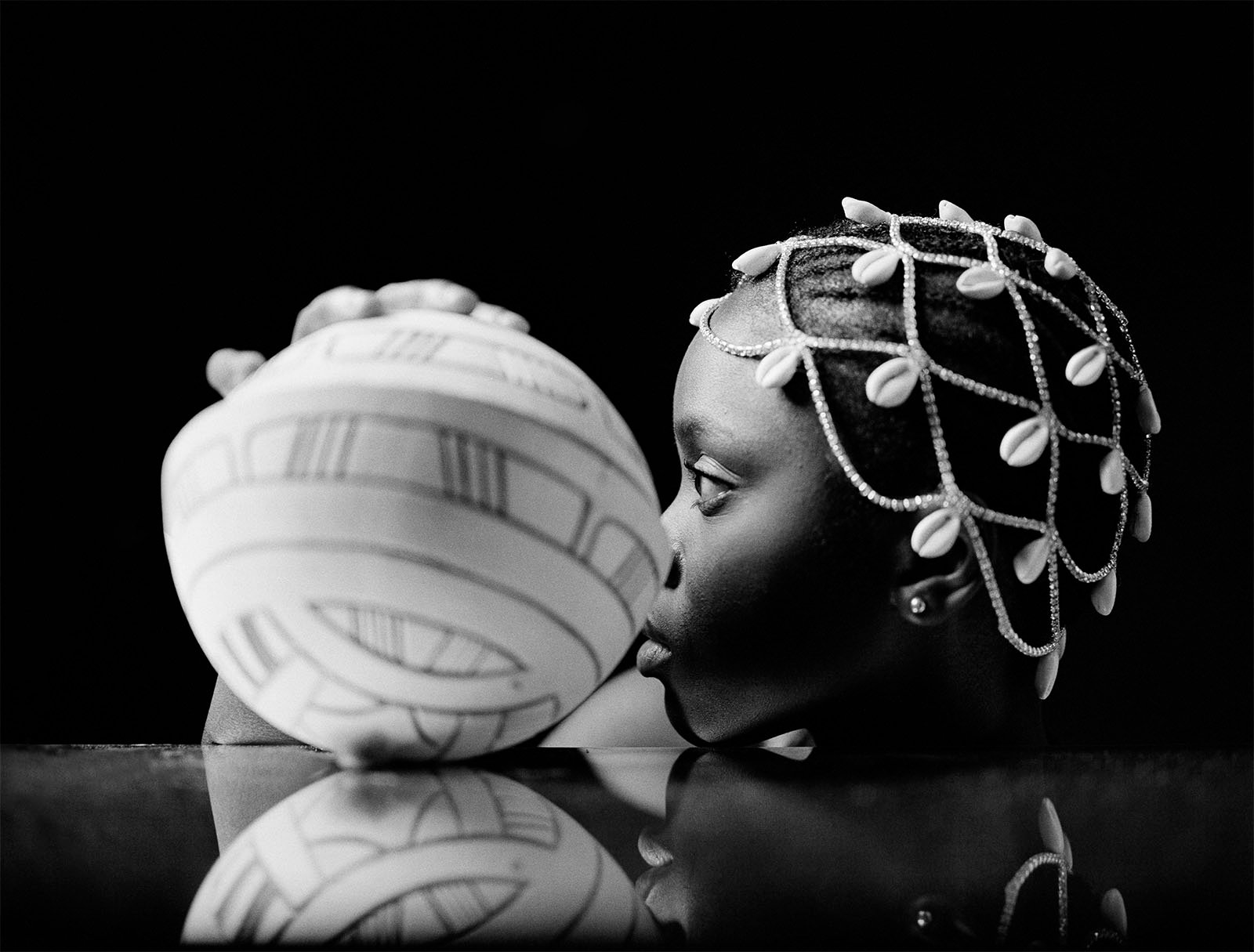
Orí Inú takes “Orí” from the Yoruba Metaphysical conception, and the word translates to the head and refers to an individual’s spiritual destiny. The project depicts Seriki’s attempts to reform the bond between mind and spirit.
The project also considers the history of photography and its attachment to truth and time. Seriki uses her work to question the idea of cameras and photographs as vessels of truth and challenge colonial ideas that persist today.
Ali Tahayori (Roya Khadjavi Projects / Nemazee Fine Art
Born in Iran and now working in Australia, Ali Tahayori has long assumed the identity of an outsider. His sense of being “other” carries over to his photography.
With a doctorate in medicine and an MFA in photo media, Tahayori assumes an interesting interdisciplinary perspective. His art uses archival materials, narrative fragments, and even performative aspects to explore identity, home, and belonging.
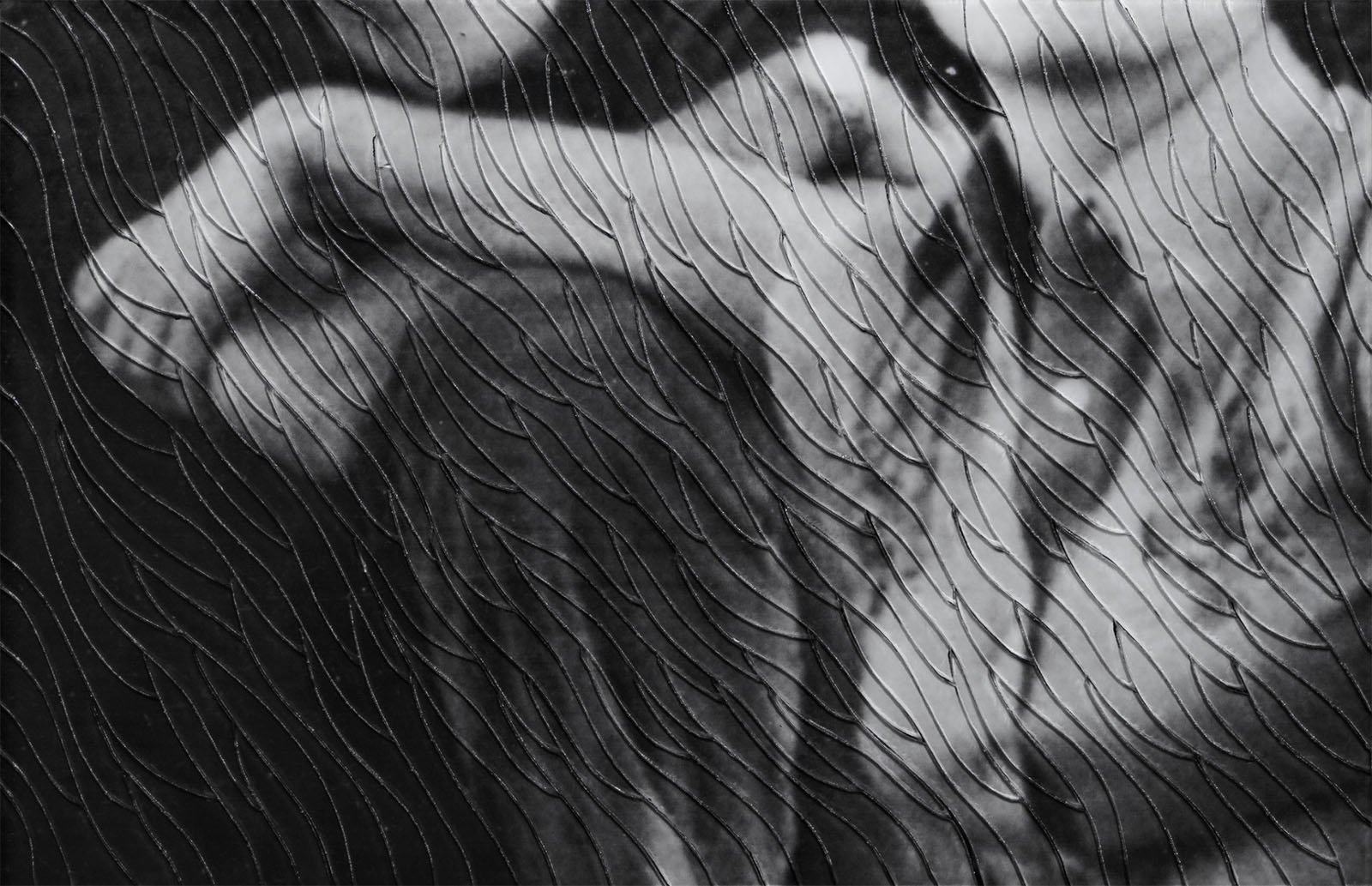
Tahayori has had numerous solo and group exhibits in Australia, Europe, and the Middle East. His work has been exhibited at the Sharjah Art Foundation, SPRING1883 Melbourne, Unseen Amsterdam Photography Fair, and Photo London. He has been a finalist and won multiple awards, including the Prix Yves Hernot Award, Smith and Singer People’s Choice Award for Bowness for Photography Prize, and more.
Tahayori’s project Archive of Longing looks for vulnerability, love, and a sense of belonging within an inherited family archive. Family photos are cropped, enlarged, altered, and printed on glass sheets. The printed glass is then broken and reassembled into three-dimensional sculptural reliefs.
“Using glass instead of paper as a foundation to hold and reveal the image references wet plate negatives in the history of photography, wherein the 19th century, they were used for ‘sharper,’ more stable and more detailed images. Here the broken glass is used to complicate viewers’ gaze while looking at history and memory from a queer diasporic lens, searching for glints of intimacy, desire, and queerness in an inherited family album,” writes Photo London.
Caroline Tompkins (Palm* Studios)
After earning a BFA in photography from the School of Visual Arts in New York City, Caroline Tompkins jumped into an international career. Her work has been featured in major publications like BBC, Vogue, and The New York Times, among others.
She has also worked as a photo editor at Bloomberg, Businessweek, Vice Magazine, and New York Magazine. Tompkins has taught at the School of Visual Arts in Manhattan, too. Tompkins is now all-in on life as a working photographer with editorial and commercial clients in the hustle and bustle of New York City.

Her featured project, Bedfellow, is an intimate look at the relationship between women, sex, and fear. Tompkins seeks to explore vulnerability and power within gender constructs and sexual dynamics.
“By challenging traditional notions of gender and power, Tompkins’ work highlights the fragility and resilience of the human body and invites viewers to confront their own vulnerabilities in a world that can be both beautiful and dangerous. Through the use of vivid imagery and symbolism, Tompkins’ Bedfellow encourages a nuanced examination of the relationship between pleasure and danger, and the complexities of the human experience,” explains Photo London.
Charlie Tallott (New Dimension)
British photographer Charlie Tallott focuses on the social and psychological impacts of de-industrialization. The photographer specializes in the interiors of buildings that have become “nearly obsolete” through the decline of industry, including social clubs, tradesman’s homes, and abandoned factories and warehouses.
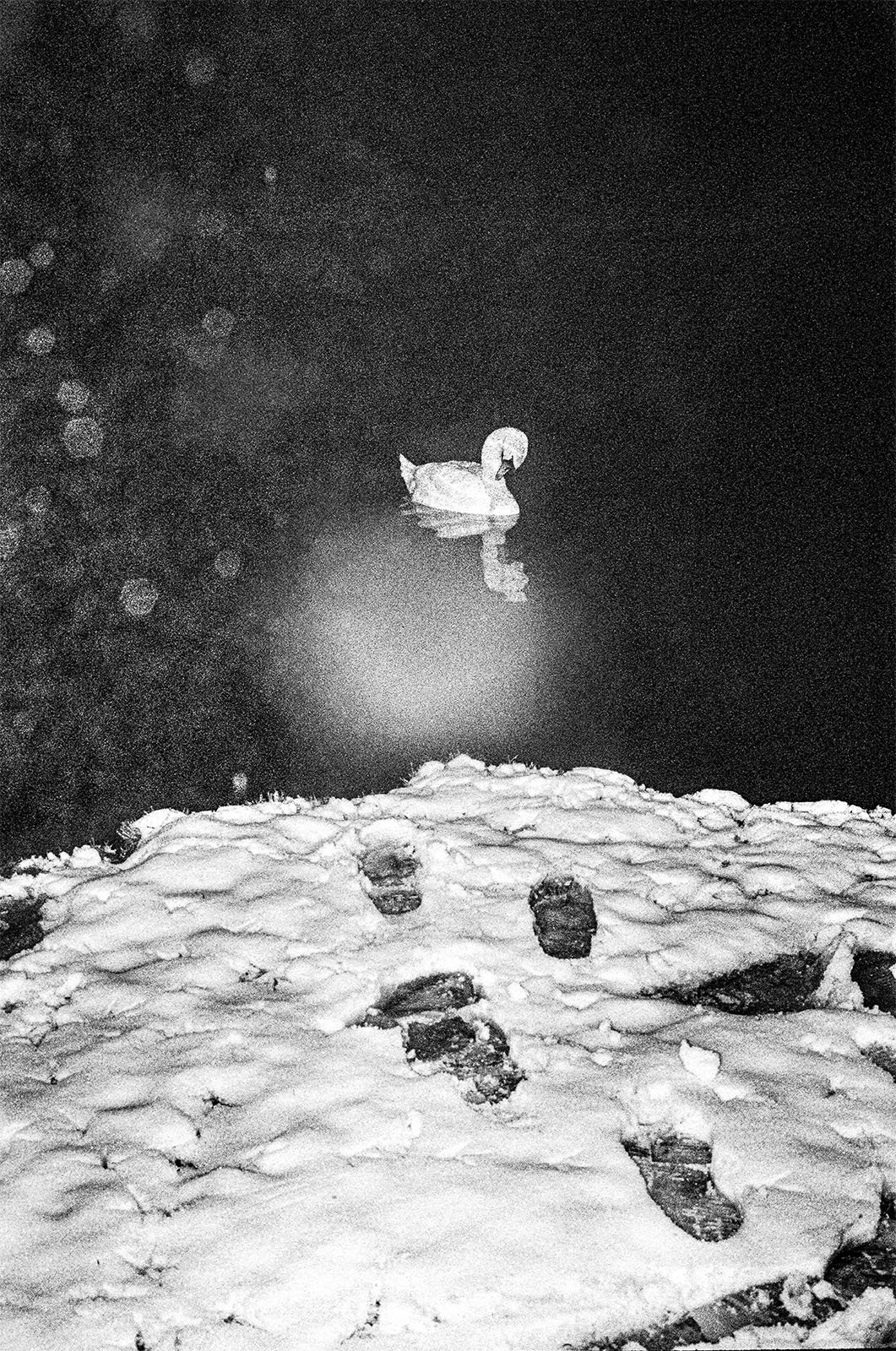
Through his photography, Tallott aims to reflect upon what happens when a community’s purpose has reached its inevitable conclusion. Once the businesses have been stripped away, what is left behind? What do people do with disenfranchisement?
The project At Least Until the World Stops Going Round is a series of works Tallott produced following a suicide attempt.
“When you experience a really low point, photography [can become] a vessel to move from it. Your eyes can go and just live somewhere else, a different world,” the photographer says.
Inês d’Orey (Salgadeiras Arte Contemporânea)
Inês d’Orey , born in Porto, Portugal, in 1977, is on the older end of the shortlisted photographers. However, that doesn’t mean she’s not an emerging photographer.
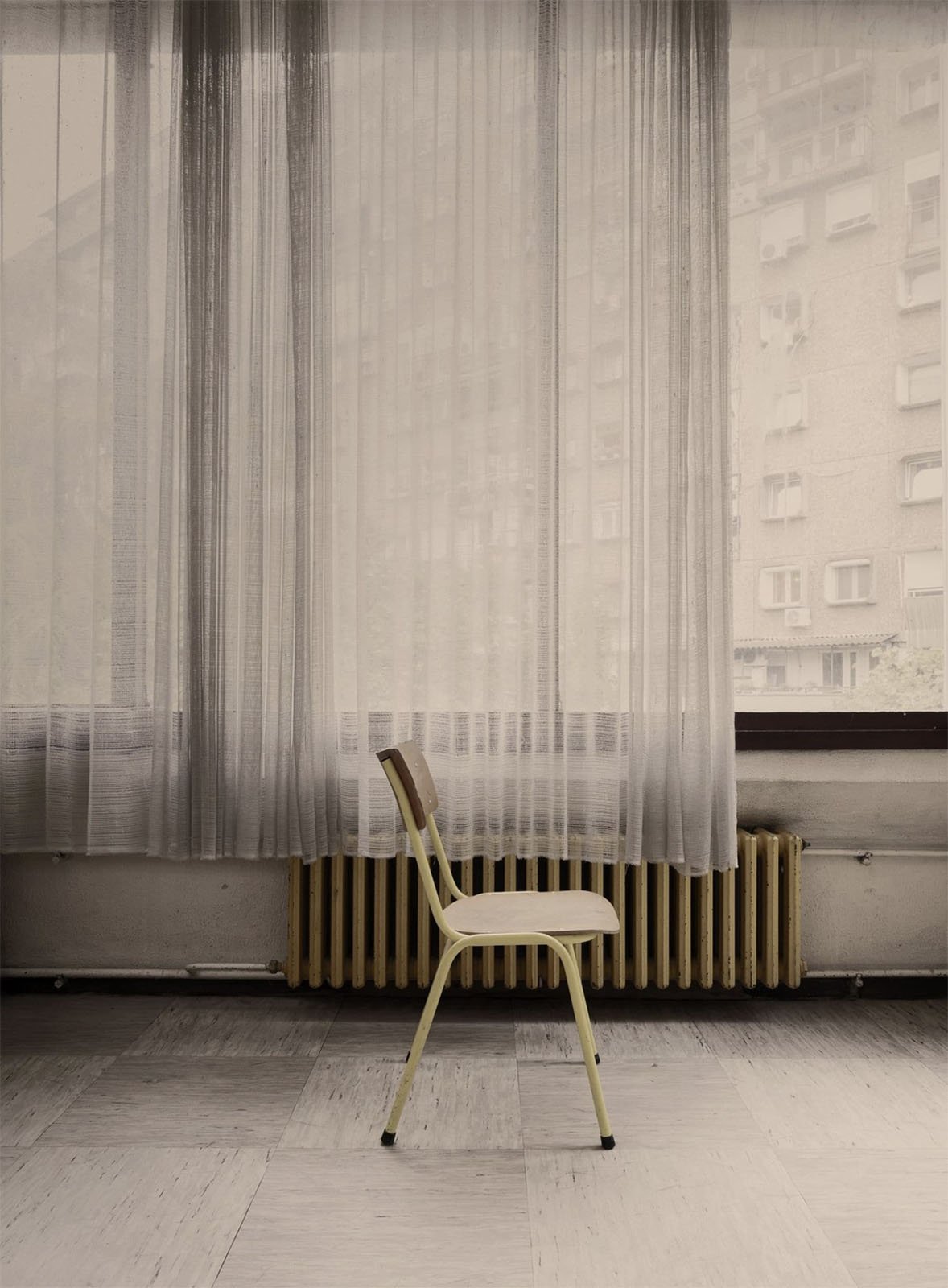
Her work examines Porto’s cultural heritage as it undergoes extensive transformation. The architectural objects themselves offer an interesting investigation into cultural memory and progress.
The artist’s work has been exhibited worldwide, including in Denmark, France, Germany, Italy, Spain, Japan, Brazil, Russia, the United States, and many more. It is also part of several private and public collections.
Isabelle Young (Galerie Fabian Lang)
Isabelle Young was born in London in 1989. She graduated from the Royal College of Art in London with a master’s in photography in 2022. Later that year, she held a solo exhibition at Galerie Fabian Lang in Switzerland.

Young’s work focuses on various architectural photography series, heavily emphasizing shadows and empty space. Through her photography of buildings and interiors, Young crafts intriguing narratives of time and place.
“I like the details. The details say much more than wide shots. The framing and compositions do not speak of the whole but bow down before quieter moments. I often think of my work alongside the unreliable literary narrator who is also God within the world I created. My photographs, akin to the narrator, may appear to be all knowing but they are certainly not all telling,” she says.
Johnny Mae Hauser (Homecoming Gallery)
Dutch-German artist Johnny Mae Hauser (b. 1997) is known for her abstract compositions rich in color. For Photo London 2024, Hauser is showing her ongoing series Bildnis, named for a German term used primarily in the context of painting. It typically refers to portraits, including self-portraits.
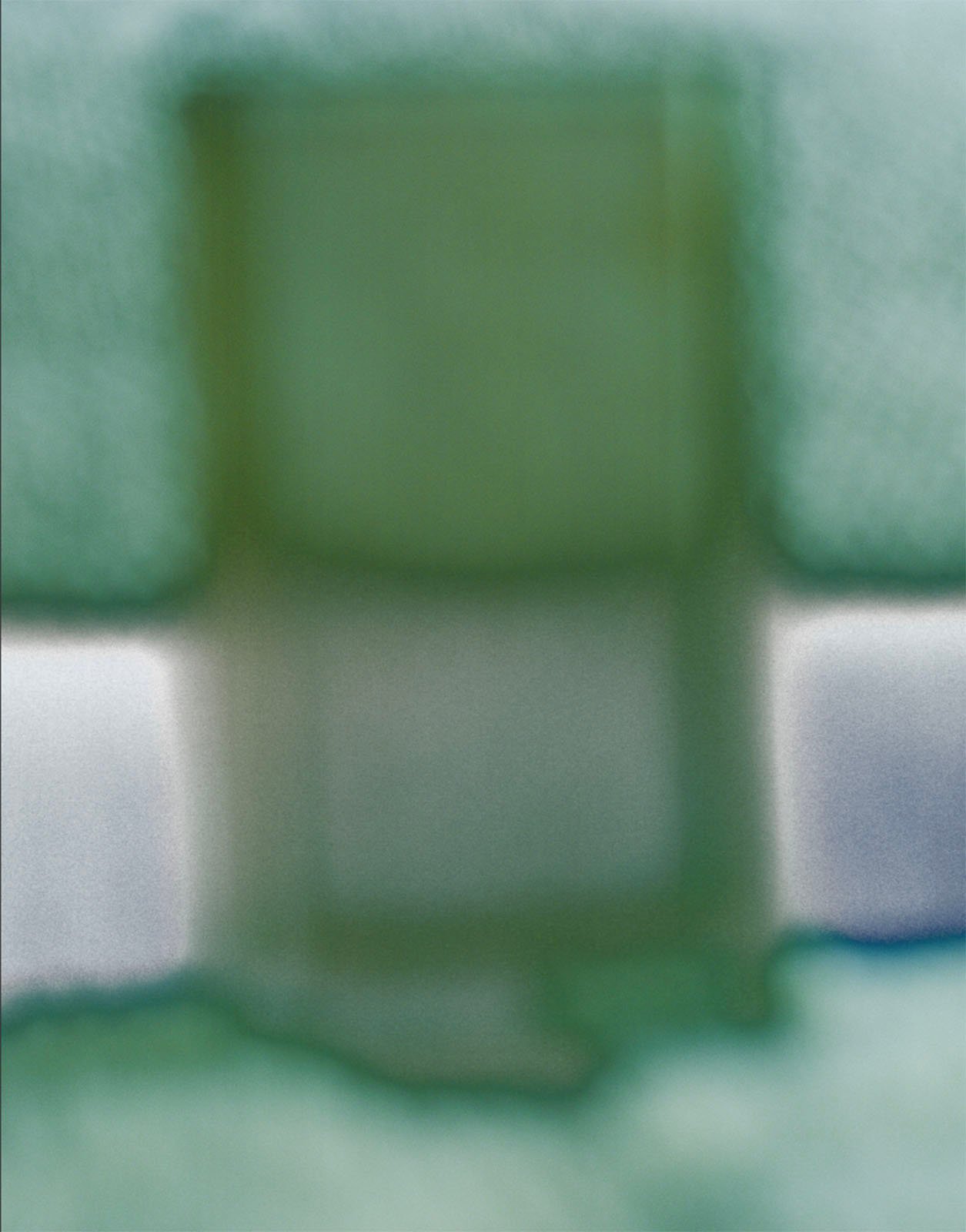
Hauser began the project in early 2021, and explains, “The series started with expressing my own emotional evolution towards certain personal objects and evolved towards reflections on a more universal impermanence. My work is not about depicting a reality, the objects function as mere catalysts challenging viewers to explore and introspect beyond a singular truth.”
Lise Johansson (In the Gallery)
Lise Johansson is a visual artist and photographer based in Denmark. She studied portrait and commercial photography at Media College Viborn from 2012 through 2016, and studied analog photography in 2010 before that. Johansson did a four-year internship at the National Museum of Denmark in the Department of Conservation and Restoration as part of her schooling. She also has a degree in Art History.
As part of her photography journey, she has traveled worldwide, including to Russia, Japan, Mongolia, and China.
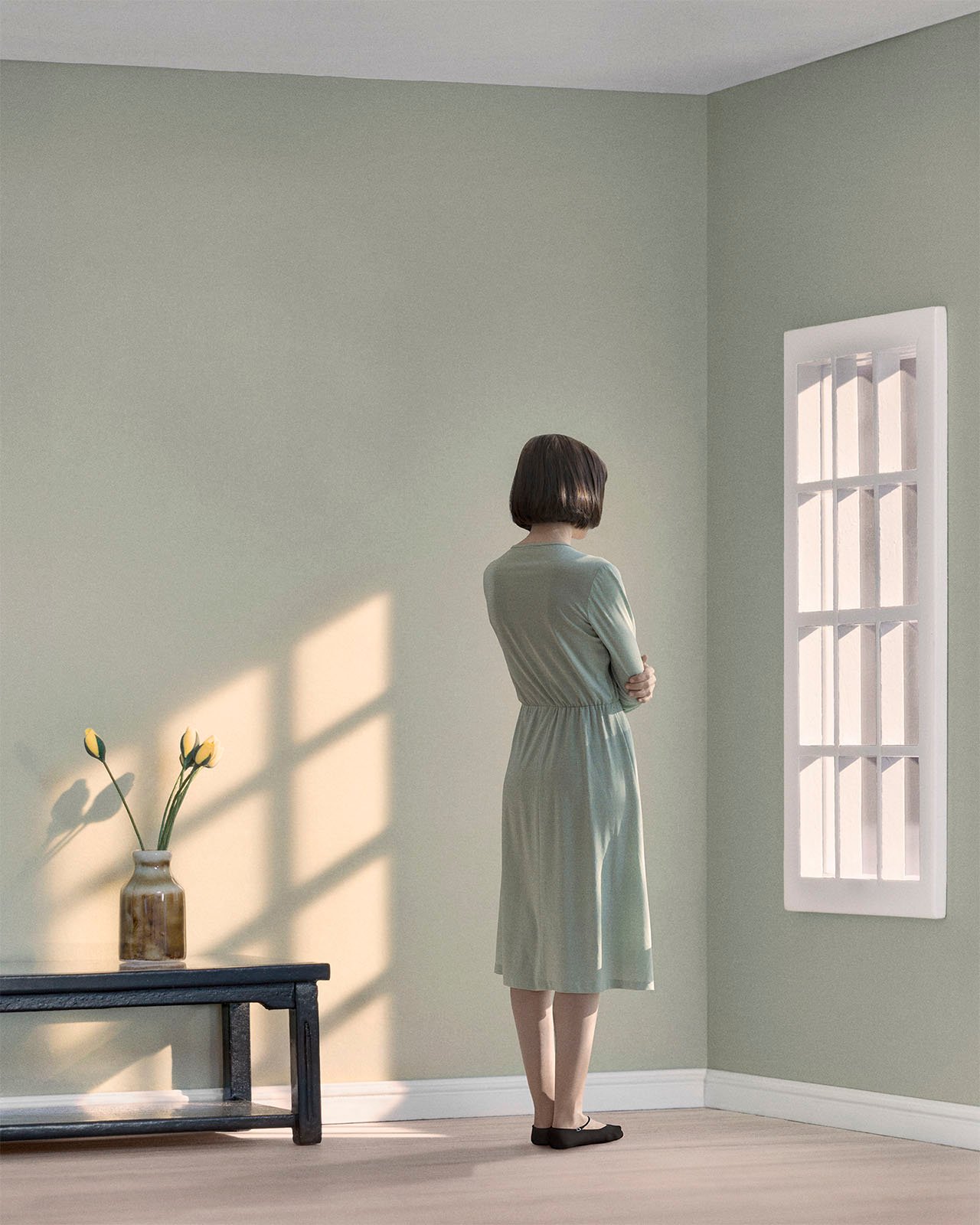
“The starting point for Johansson’s artistic practice is to create a sense of a distorted reality, existing at the borderland between the conscious and the unconscious. Working around the themes of identity and belonging, Johansson’s images often take their departure from physical miniatures of landscapes and architectural spaces, which become building blocks in a studio-based post-production process that merges different photographic elements into final compositions depicting worlds of dreams and emotions, association and longing,” explains Photo London.
For her project, Absence, Johansson built a scale model of a room from scratch. Within this space, she has crafted cinematic images that tackle concepts of self, identity, perception, and interpersonal connection. She also considers the sense and concept of “home” throughout the series.
Sander Coers (Open Doors Gallery)
Sander Coers, another young artist born in 1997, works in Rotterdam, The Netherlands, toes the line between documentary and fiction through his work. Named a Rising Star of 2022 by the Dutch newspaper NRC, Coers is also part of the Foam Talent Program.
Coers romanticizes masculinity through a cinematic perspective. His work has a “coming of age” theme throughout and explores love, friendship, and acceptance. His images are vivid, dream-like, and emotionally charged.
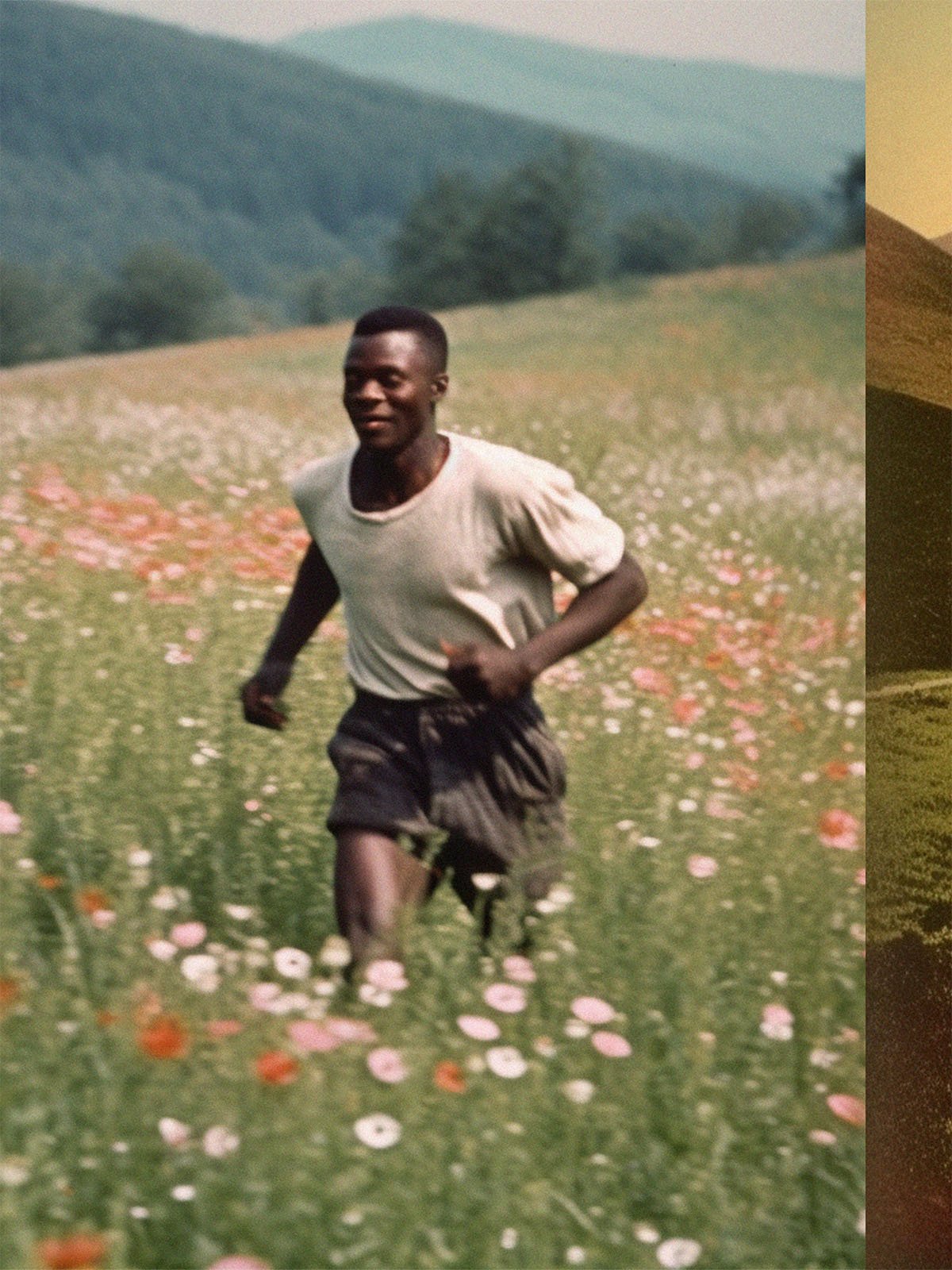
His latest series, Post, explores how constructed memories and ideas of masculinity intersect. He uses AI-generated imagery in the project, which may prove controversial, although it is thematically grounded.
“I decided to train an AI bot to expand my family history based on my grandparents’ photo albums ranging from the 1940’s to the 90’s. These AI-generated images evoke similar elements found in my grandparents’ albums — landscapes, clothing, and colors from that time. However, everything is completely false,” Coers explains of his decision.
The images are UV-printed on plywood, a material most commonly seen on construction sites, not gallery walls. Coers says this material represents a physical representation of constructed memories.
The Nikon x Photo London Emerging Photographer Award
The shortlisted photographers will have their work exhibited at Photo London starting May 15, although the public opening is the following day. For more information on viewing hours, visit Photo London’s website.
Image credits: Photos courtesy of the artists and their representation, where applicable.
